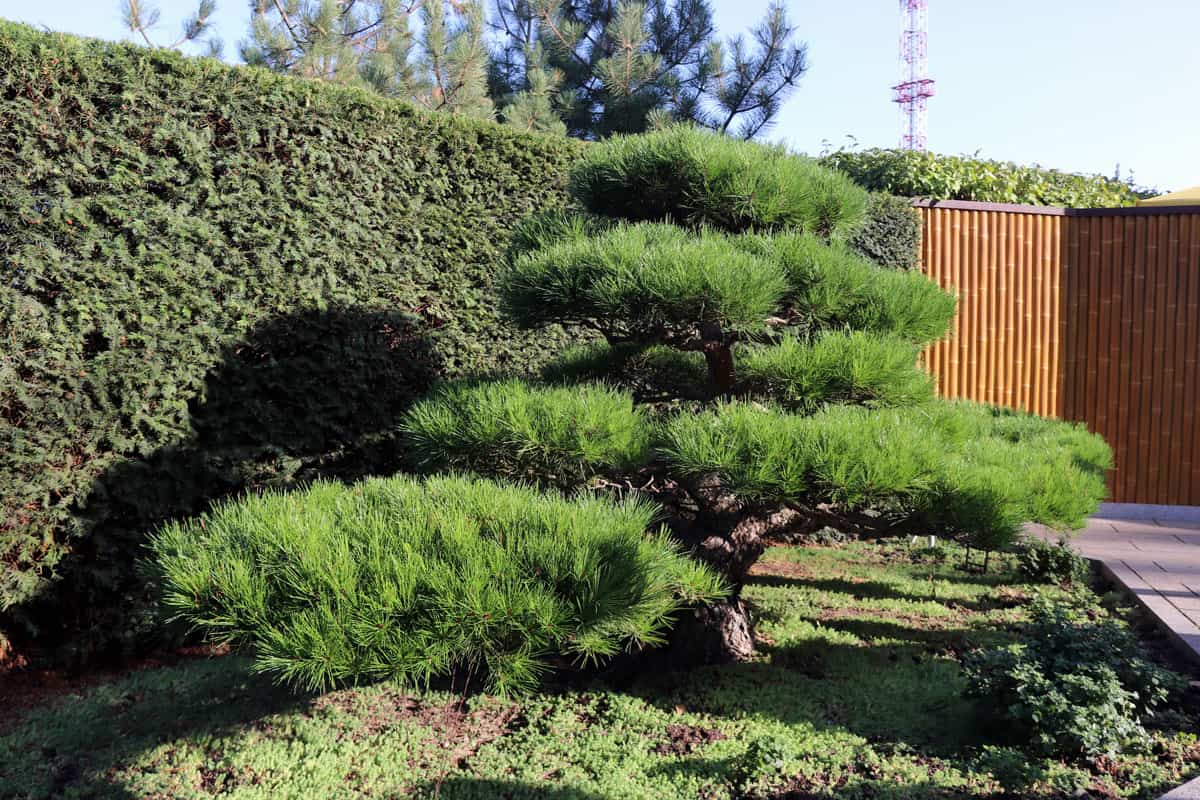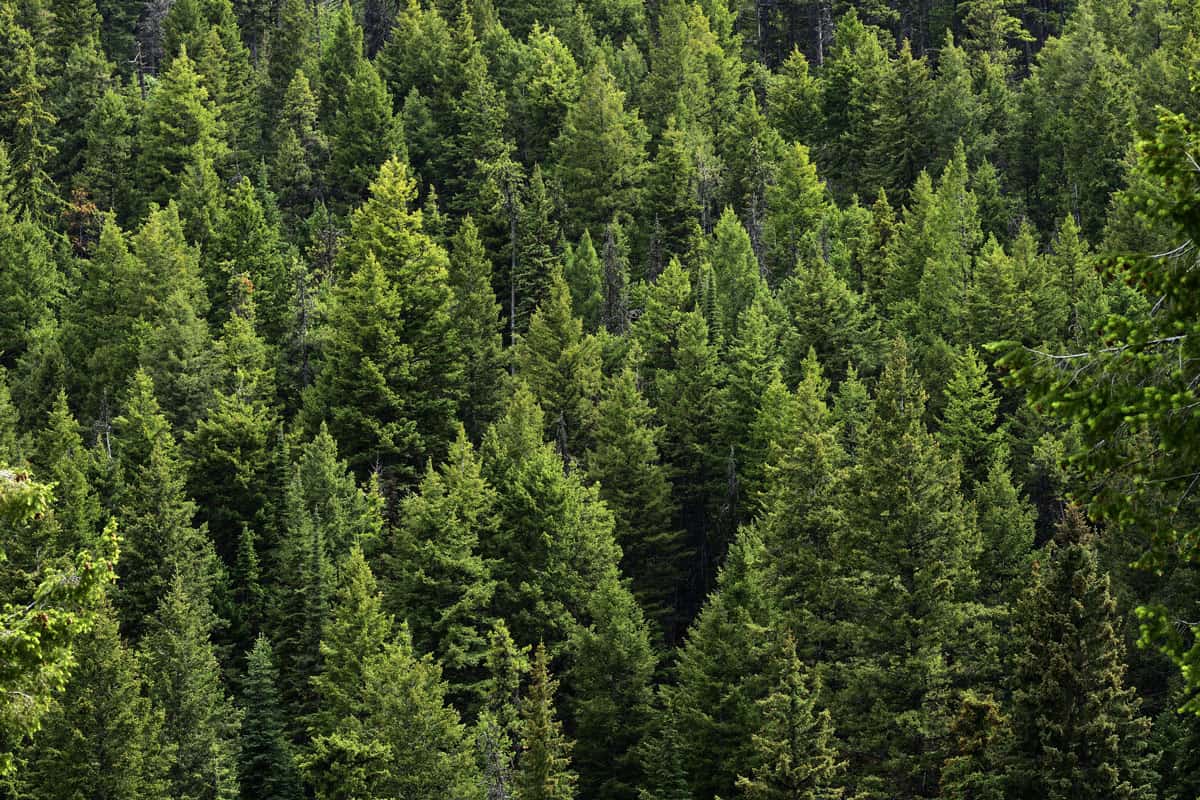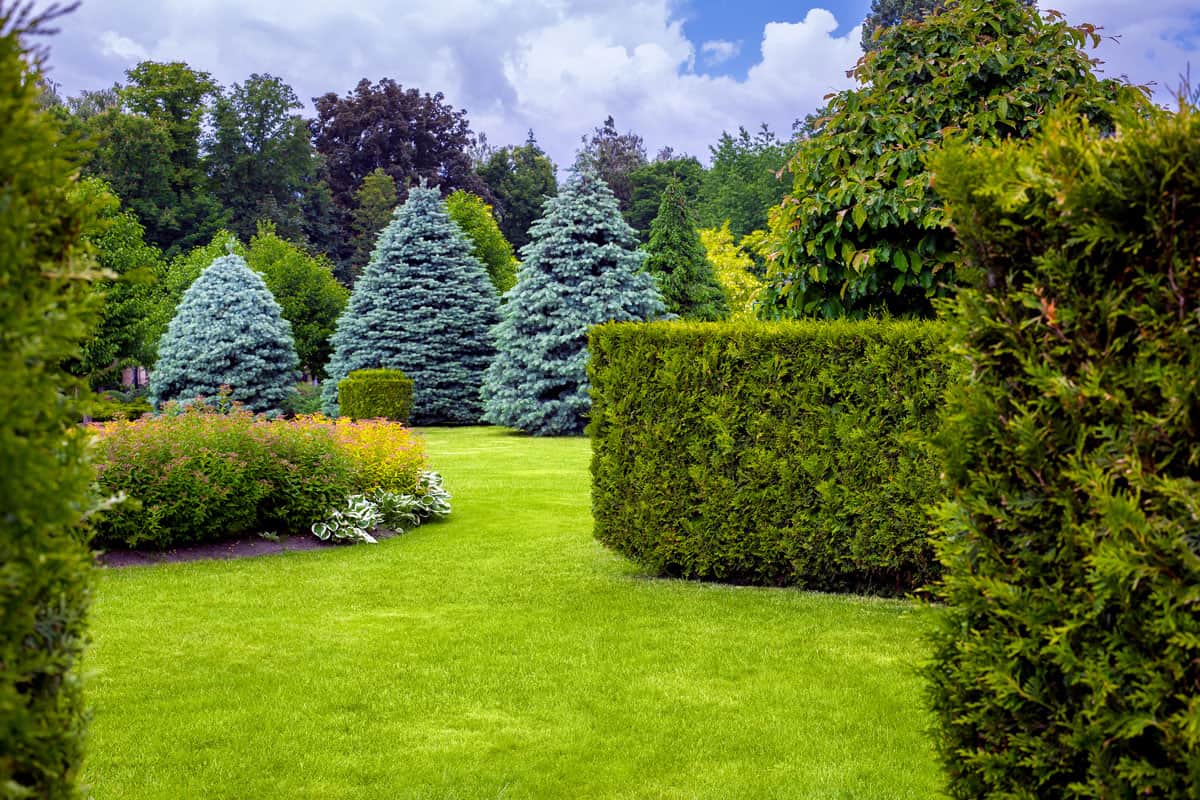Ah, the evergreen tree, a beloved staple of many landscapes that stands tall and proud with its year-round foliage and low maintenance.
But what happens when your evergreen starts to get too tall for comfort? Do you grab a ladder and start hacking away at the top?
Before you start playing Edward Scissorhands, let's talk about the controversial practice of tree topping.
Some folks feel that it's a safe and effective way to maintain the tree's size and shape while also promoting new growth.
Others warn that it's a destructive practice that can lead to weakened trees and potential hazards.
In this article, we'll explore the pros and cons of tree topping, as well as alternative pruning methods that can help keep your evergreen healthy and looking its best.
Whether you're a seasoned tree owner or a newbie to the world of arboriculture, this article will provide you with valuable insights and tips to help you keep your evergreen tree thriving.

Understanding Evergreen Trees
Types of Evergreen Trees
Evergreen trees are a diverse group of trees that retain their foliage year-round.
There are many types of evergreen trees, including pine, spruce, fir, cedar, and cypress.
Each type of evergreen tree has its own unique characteristics, such as needle or scale-like leaves, cone or berry-like fruit, and different growth habits.
Pine trees, for example, are known for their long, needle-like leaves and tall, straight trunks.
Spruce trees, on the other hand, have short, sharp needles and a conical shape.
Cedar trees have scale-like leaves and a distinctive aroma, while fir trees have soft, flat needles and a more rounded shape.
Cypress trees have scale-like leaves and a distinctive, conical shape.
Growth Habits of Evergreen Trees

Evergreen trees have different growth rates and habits, depending on the species.
Some, like pine and spruce, grow relatively quickly, while others, like cedar and cypress, grow more slowly.
Evergreen trees also have different lifespans, with some, like pine and spruce, living for several hundred years.
Others, like cedar and cypress, have lived for several thousand years.
Understanding the different types and growth habits of evergreen trees can help you determine the best way to prune and care for your tree.
This ensures that it remains healthy and attractive for years to come.
Can You Cut the Top Off an Evergreen Tree?

Evergreen trees can add beauty and value to your property. However, sometimes they can grow too tall and obstruct views or even power lines.
In such cases, you may be wondering if it is possible to cut the top off an evergreen tree.
Here, we will discuss the reasons for cutting the top of evergreen trees and the potential risks.
We will also talk about how to trim an evergreen tree, and how to safely cut the top off evergreen trees.
Reasons for Cutting the Top Off Evergreen Trees
One common reason is to control the height of the tree. Another reason is to remove dead, diseased, or damaged branches.
Cutting the top off can also help to promote fuller growth and a more attractive shape.
Potential Risks of Cutting the Top Off Evergreen Trees
Cutting the top off an evergreen tree can be risky. When the top of the tree is cut, it can result in a weakened tree.
The tree may also produce new shoots from the cut. This can result in a forked appearance.
Additionally, topping can lead to decay, disease, and insect infestation.
How to Trim an Evergreen Tree
Trimming evergreen trees is important to maintain their health and appearance.
For the best pruning, choose to cut outside of the branch collar. Use the three-cut method when removing limbs that are larger than an inch in diameter.
Always leave the branch collar intact to prevent the entrance of decay into the trunk.
How To Safely Cut the Top Off an Evergreen Tree
If you need to cut the top off an evergreen tree, be careful. You will need to choose a leader for the top of the tree.
Just below where you cut off the top, there should be several stems growing out from the trunk.
Pick one to be the new leader and cut it to the desired height. Be sure to make a clean cut with a sharp saw, and avoid leaving any stubs.
It is important to note that topping is not recommended and should only be done as a last resort.
If you are unsure about how to safely cut the top off an evergreen tree, you should consult with a professional arborist.
How to Stop Evergreens from Growing Taller

Whether you prefer a hands-on approach or a more hands-off solution, there are plenty of ways to keep your evergreens under control.
Prune the trees
While it may seem counterintuitive, one solution to stop evergreens from growing taller is to prune them.
By selectively removing the top branches, you can encourage lateral growth and create a fuller, more compact shape.
Use a growth regulator
Growth regulators are chemicals that can help slow down vertical growth without affecting the overall health of the tree.
They work by inhibiting the production of gibberellins, a hormone responsible for plant growth.
This method is best done in the early spring or late fall when the tree is in a state of dormancy.
Choose the right species
If you're planting new evergreen trees, consider choosing a species that naturally grows to the height you desire.
This can save you the hassle of having to prune or regulate growth later on.
Control water and fertilizer
Overwatering and over-fertilizing can cause evergreens to grow too quickly.
Make sure you're providing your trees with just the right amount of water and nutrients they need to stay healthy without promoting excessive growth.
Plant in the right location
Evergreens that are planted in areas with limited space or overhead clearance are more likely to grow too tall.
Make sure you're planting your trees in a location that allows them to grow to their full potential without interfering with other structures or trees.
By using one or a combination of these methods, you can keep your evergreens at the height you desire without sacrificing their health or beauty.
What Part of a Tree Should Not Be Cut?
When it comes to pruning trees, it's important to know which parts should not be cut to avoid damaging the tree's health and appearance.
One of the most important parts of a tree that should not be cut is the top portion, also known as the crown or canopy.
Cutting the top off an evergreen tree can lead to a variety of negative consequences that can harm the tree's growth and health.
The top portion of a tree is responsible for producing new growth, which helps to maintain the tree's overall health and shape.
Cutting off the top portion can lead to a variety of issues, including:
- Stunted growth
- Weak branches
- Insect infestations
- Disease
Additionally, cutting off the top of an evergreen tree can lead to a phenomenon known as topping.
This causes the tree to produce new growth that is weak and prone to breaking.
This can lead to a tree that is not only unsightly but also potentially dangerous in high winds or other severe weather conditions.
Wrapping Up
Overall, it's important to avoid cutting off the top portion of a tree, especially when it comes to evergreen trees.
Instead, focus on pruning the lower branches and maintaining the overall health and shape of the tree through proper care and maintenance.
Check out some related articles below.





